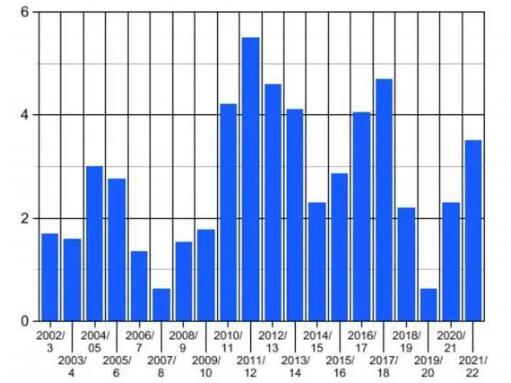
NewsInformation Center
international News:Heavy rains in Australia may affect the export of new cotton
2023/04/12
Rainfall in Australia intensified last week, with short periods of rainfall of up to 100-500 mm along the eastern seaboard. Although the main cotton-producing areas are close to the interior, the rainfall is relatively small, but New South Wales and southeastern Queensland still have heavy rainfall, triggering flooding and continued heavy rainfall warning.

It is understood that last week, the core cotton-producing areas of New South Wales rainfall reached 170 mm, resulting in the Queensland cotton-producing areas of the river level collectively soaring, all over a sea of water, many cotton fields suffered extinction. March 23, the rainfall began to develop to the south, the market tension eased.
Currently, irrigated fields are draining well, due to the different stages of growth of Australian cotton, it is difficult to assess the damage to Australian cotton based on this rainfall alone. Queensland early maturing new cotton has been harvested, the upcoming new cotton harvest is being defoliated, affected by this rainfall, the harvest has been delayed. New cotton in northern New South Wales is ready to defoliate, some new cotton has been split boll spitting, the northern part of the state harvest usually starts in mid-April, then push south and accelerate.
The rainfall to the Australian cotton production is mainly affected in two ways, one is the rainfall after the bottom of the new cotton peaches are soaked resulting in quality damage and yield decline. As the peaches have been spat, the number of SM/GM grades will be reduced. At the same time, the new cotton defoliation delayed resulting in harvest to be delayed by a few weeks; second, because the farm water storage area has been filled, 2022 Australian cotton may have the best production prospects in many years, the area of irrigated fields will be greatly increased, if the rainfall continues, the area of dryland fields will also be a record high, total production is expected to reach the level of 3.5 million bales or even higher.
Previous: How accurate are washing fastness testers?
N e x t : 2023 Bangladesh Dhaka Textile Fabric Exhibition



